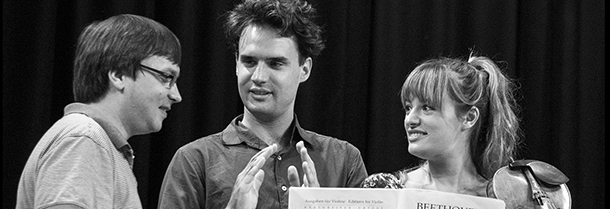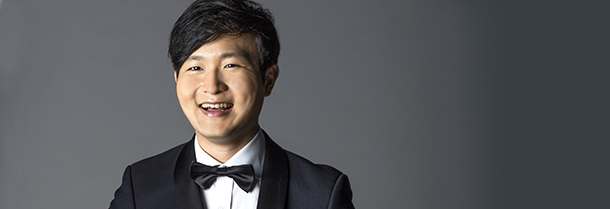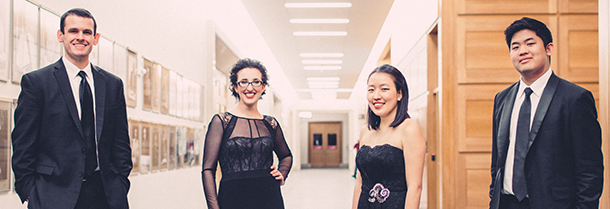Tag: Maurice Ravel
-

PROGRAM NOTES: BENEDETTI ELSCHENBROICH GRYNYUK TRIO
Franz Schubert Adagio from Piano Trio in E at Major Op. 148 D 897 Schubert’s Adagio for Piano Trio D 897 was composed in 1827 but only published decades later, under the publisher’s title Notturno. And indeed, the opening section does conjure up images of nighttime serenity, with its heavenly texture of harp-like arpeggios in…
-

PROGRAM NOTES: YEKWON SUNWOO
Franz Schubert Sonata in C minor D 958 Schubert’s unabashed admiration for Beethoven is vividly on display in the opening bars of his Sonata in C minor D 958, composed in September 1828, shortly before his death. Schubert had served as a pallbearer at Beethoven’s funeral the year before, and his own death from tertiary…
-

PROGRAM NOTES: THE VERONA QUARTET
Franz Joseph Haydn Quartet in B at major Op. 50 No. 1 The art music of Western Europe underwent a period of transition in the mid- 18th century as the thickly embroiled scores of the Baroque, with their long spun-out melodic lines and constant harmonic churn, gradually yielded to the clearer textures, symmetrical phrases and slower…
-

PROGRAM NOTES: AUGUSTIN HADELICH
Robert Schumann: Violin sonata No. 1 in A minor, Op. 105 Schumann wrote both of his completed sonatas for violin and piano in 1851. His wife Clara played the piano parts at their public premieres with violinists Ferdinand David (No. 1 in 1852) and Joseph Joachim (No. 2 in 1853). Though frequently recorded, these…

